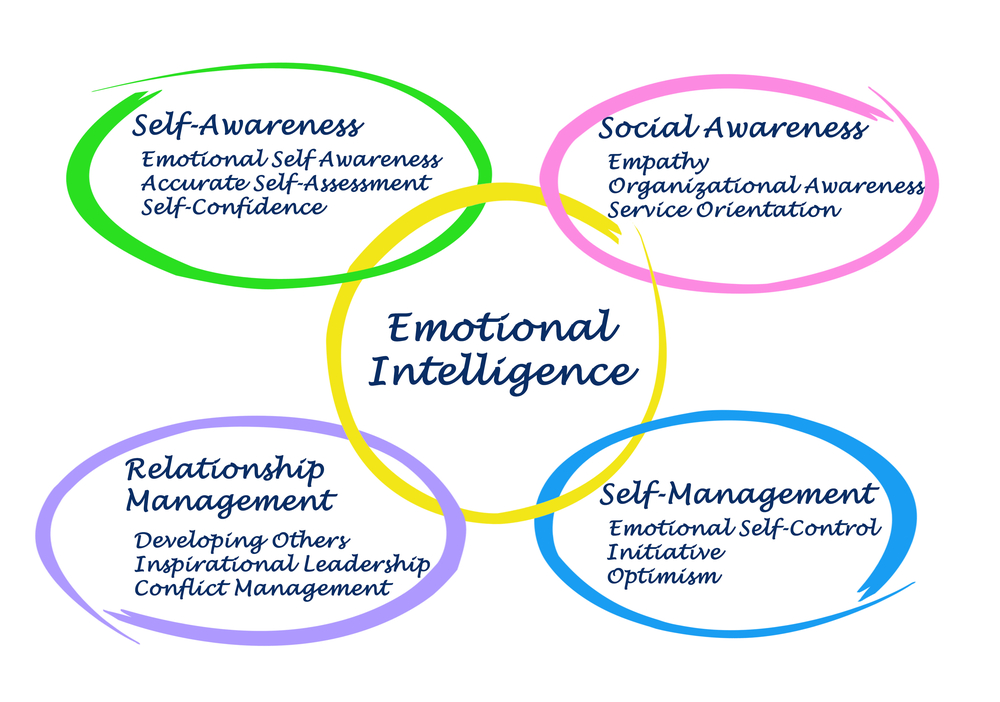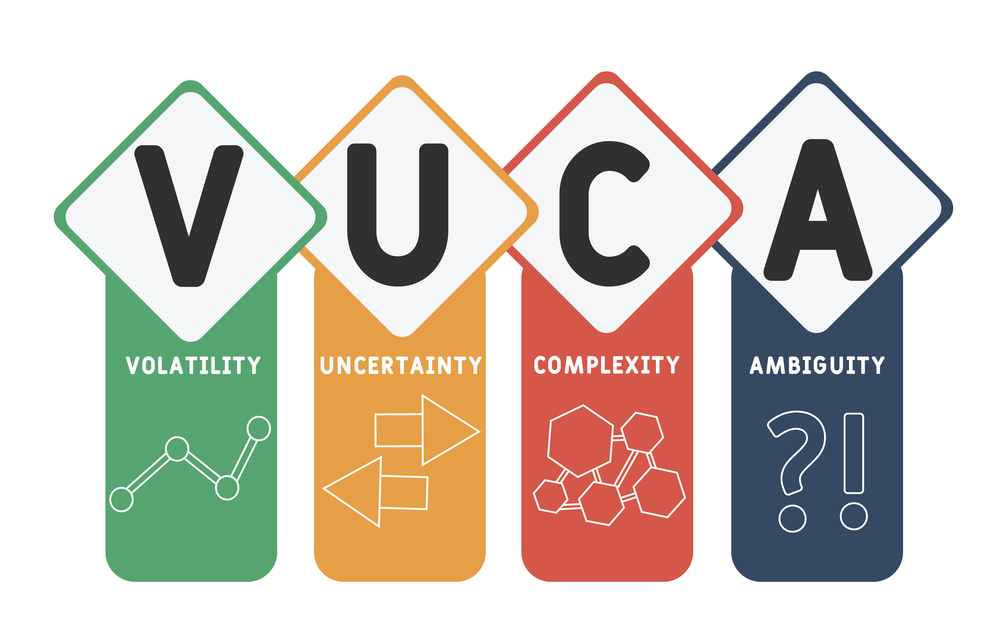 It really is lonely at the top. People in leadership positions are responsible for the people who report to them, and they’re also responsible for achieving results, including productivity and profitability. It’s no wonder that there’s growing acceptance for and use of executive and leadership coaching.
It really is lonely at the top. People in leadership positions are responsible for the people who report to them, and they’re also responsible for achieving results, including productivity and profitability. It’s no wonder that there’s growing acceptance for and use of executive and leadership coaching.
Workplace culture is more complex than ever, because of the progressive attention that’s focused on creating more diverse and inclusive workplaces, better awareness around mental health, #MeToo/sexual harassment, and the impact of toxic workplaces.
Technology has played a big role, including changes that make it easier to be a remote employee/consultant who works from home. And yet, now that we have the option to check work email anytime and anywhere, technology is blurring the lines between our personal and professional lives.
 Given the realities of our time, leadership positions are even more intricate for people of colour, ethnic/religious minorities, First Nations people, and members of the LGBTQ community. These leaders are often so underrepresented that they deal with the complexity of modern leadership, while also being the only member of their group in their place of work.
Given the realities of our time, leadership positions are even more intricate for people of colour, ethnic/religious minorities, First Nations people, and members of the LGBTQ community. These leaders are often so underrepresented that they deal with the complexity of modern leadership, while also being the only member of their group in their place of work.
Good Managers Make a Difference
Research conducted by Gallup in 2015 shows that managers account for 70 percent of the variance in whether staff are adequately engaged at work. Since 50 percent of employees attest that they have left a job because of their manager, a lot of managers are clearly underperforming. When an organization experiences constant turnover, how can that organization remain at the top of its game?
Not all leaders get the support that they need to succeed. So often, a strong individual contributor who shows plenty of initiative and problem-solving ability is promoted to management. It becomes a real sink-or-swim situation when these new managers don’t get adequate onboarding or orientation in their new role. Sometimes these individual contributors also have the soft skills and self-awareness that help them to be effective leaders, but sometimes they don’t.
With everything that’s at stake for most leaders, there’s no substitute for talking through these issues with someone knowledgeable, objective, discreet and well-intentioned.
My Number One Tip: Ease into a New Role
 Most people, when starting in a new position want to make an impact right away. We have changes we want to make and ideas we want to implement. One way to tilt things in your favour and be a leader or executive who inspires people to do their best is to ease into a new role. Pull back. Take the time to learn from others. During the first 100 days in a new role, peers, subordinates, and superiors are more likely to be generous with their opinions. By listening to them and getting an accurate lay of the land before trying to make any changes you can establish cooperative relationships that will make you much more effective in the medium-to-long term.
Most people, when starting in a new position want to make an impact right away. We have changes we want to make and ideas we want to implement. One way to tilt things in your favour and be a leader or executive who inspires people to do their best is to ease into a new role. Pull back. Take the time to learn from others. During the first 100 days in a new role, peers, subordinates, and superiors are more likely to be generous with their opinions. By listening to them and getting an accurate lay of the land before trying to make any changes you can establish cooperative relationships that will make you much more effective in the medium-to-long term.
Even established senior leaders can run into problems when they take on roles within new organizations. To be truly effective, executives need to take the necessary time to listen to others, gain a solid understanding of the work environment and key issues, and establish productive relationships before initiating any meaningful changes. This isn’t instant. These steps take weeks and months, not days. Take a look at this article on common mistakes that leaders make during their pivotal first 100 days in a new role.
 All leaders can gain valuable perspective about their strengths and their “blind spots” by getting a leadership assessment and related coaching (for more information about the value of objective assessments, read this whitepaper published by McKinsey). Strengths are sometimes more self-evident; I use the term blind spot instead of weakness because they are problematic behaviours that arise during times of stress, fatigue, strain, etc. These may even be behaviours that are strengths when things are going well. Once armed with the leadership assessment results, it’s much easier to find and implement strategies to work around these blind spots through planning and learning (e.g., reading, podcasts, videos, practice, on-the-job tasks/assignments, etc.).
All leaders can gain valuable perspective about their strengths and their “blind spots” by getting a leadership assessment and related coaching (for more information about the value of objective assessments, read this whitepaper published by McKinsey). Strengths are sometimes more self-evident; I use the term blind spot instead of weakness because they are problematic behaviours that arise during times of stress, fatigue, strain, etc. These may even be behaviours that are strengths when things are going well. Once armed with the leadership assessment results, it’s much easier to find and implement strategies to work around these blind spots through planning and learning (e.g., reading, podcasts, videos, practice, on-the-job tasks/assignments, etc.).
It can take one to three years for an emerging or developing manager to become fully effective. When you invest in Leadership and Executive Coaching, we’ll work together to create a road map that uses your strengths and blind spots identified during the assessment. You’ll take the right steps, and we’ll track milestones to measure your progress.
Working with a coach is also an effective way to keep a productive learning mindset while also keeping feelings associated with the Impostor Syndrome in check.
It really is lonely at the top, but it doesn’t have to be. By laying a strong foundation early on, you can reap the benefits for years to come. Leaders who invest in coaching report better self-awareness, more engaged and productive teams, and more collaborative relationships, all of which have a favourable impact on the bottom line. To learn even more about the return on investment (ROI) associated with executive coaching, read this article from the Centre for Creative Leadership.
[speaker-mute]
Are you a leader, executive or aspiring executive? Contact me today for a free and confidential initial consultation by phone, email, or via direct message on Twitter, Facebook, or LinkedIn. Also visit my Executive Coaching page for information about services that are perfect for leaders, executives, and aspiring executives.
More than career coaching, it’s career psychology®.
I/O Advisory Services – Building Resilient Careers and Organizations.™
[/speaker-mute]



